Modernizing Medicaid Management Information Systems (MMIS)
- Angela Novelli
- Aug 11, 2023
- 4 min read
Updated: Jan 30, 2024

Medicaid Management Information Systems (MMIS) automate the processing of claims for Medicaid recipients and retrieve data on provided services. This technology is meant to improve the experience of these users, however some state systems are considered outdated. An issue like this could not only hinder the services for Medicaid recipients, which is currently over 87 million individuals, but also affect a state’s qualification for Medicaid reimbursement from the federal government.
A Modular Approach
In 2015, the Centers for Medicare and Medicaid Services (CMS) published the Modularity Final Rule, which included the recommendation that states follow a modular approach for their Medicaid Management Information Systems. By breaking the work into smaller parts, it would improve the experience of recipients and increase the ability to provide better care. Additional benefits include providing quick, efficient solutions which demonstrates the value of the work, and also allowing states to take on a more diverse vendor pool with varying ranges of experience.
Many states have progressed greatly in modernizing their systems, while others have not yet begun the process. For instance, the state of Maryland started their modernization program in 2018, which includes over 20 projects that have a possibility to span over the next seven years. These changes follow a MMIS mainframe that was over 30 years old. This shows the importance of modernizing these older systems to benefit both the workers and the recipients of Medicaid.
Adapting to Modern Systems
Like with any type of change in the workplace or at the core of business operations, there is sometimes a challenge in adapting to what is new and different. In order to get the most effectiveness out of these systems, it is important to make sure that the IT work is aligned with the priorities of the Medicaid program. Making sure each person who is involved in the process is on the same page through productive collaboration efforts is a great way to see this through to success.
A great example of a state that is doing well in adapting is Nevada, whose MMIS went through modernization in 2019. The systems are now new and able to accommodate emerging initiatives from federal and state levels after using an Organizational Change Management (OCM) approach. The state is involved in workgroups with other states to share best practices and highlights the importance of people and ideas in change management.
Modernization Misconceptions
As with many ideas that are new and different from what has become the norm, there are misconceptions that cause hesitation with change. Here are a few misconceptions about Medicaid modularity:
Misconception 1: Each Modernization Journey is the Same
While each state’s modernization goal is to improve health services for their Medicaid recipients, how they get there is not the same as another. There are states that have completely adopted the changes of modernization, while others are taking a more slow and careful time doing so. Depending on a state’s renewal date for their MMIS systems, they might have a longer time available to plan and learn from other states.
Misconception 2: Technology is the Driving Force
While modern technology certainly facilitates modernization efforts, its ability to make the journey more efficient for states is reliant on the business and operational processes of their Medicaid systems. Modernization efforts provide an opportunity for states to review these processes and make changes that they think will best work with new and improved technologies.
Misconception 3: The Entire System Must Be Changed
Modernization processes do not require an all or nothing approach. States can modernize their existing MMIS; they can revise their business and operational processes and modernize their system in smaller phases. There are many different ways that states can modernize MMIS without changing the entire system, and collaborating and learning from others is an effective way to figure out what works best.
Overall, modernizing MMIS systems is something that will eventually occur in each state, making Medicaid services more efficient and easier for workers and recipients alike. It is important to approach these changes with the knowledge that collaboration between workers in different aspects of the system IT is one of the most crucial assets, and not only the technology itself. Medicaid is used by millions of individuals in the U.S., and the end goal of these modernization efforts is to continue to provide the best health services for them.
Sedna Consulting Group has over 15 years of experience in technological solutions for MMIS. Our past projects and core competencies include helping move MMIS systems from one state to another, providing MMIS training for entire states, and enhancing existing MMIS systems in major metropolitan areas. If you would like to learn more, come visit us at the Medicaid Enterprise Systems Community (MESC) conference in Denver, Colorado on August 21 - 24. You can also send us a message on LinkedIn or Instagram to chat with one of our experts who will be happy to answer any questions you may have.
Sources:





Comments